While many may deem the drainage and aesthetics of a driveway insignificant when landscaping a house or building, this is usually not the case. Ensuring a proper drainage system in the driveway plays many crucial roles. Depending on the drainage type, colour, and material choices, a right driveway drainage product can add a pinch of aesthetic flair to the estate. It could also potentially protect the estate and its users from a ton of unforeseen problems.
Factors To Consider When Selecting A Drainage Solution
Before going on about all the different types of driveway drainage available, let us look at a couple of factors that architects consider before choosing the best driveway drainage solution.
More often than not, one may ask, should the driveway drainage look seamless with the rest of the estate or stand out with a range of materials and colours depending on the type of drainage's feature?
Apart from the aesthetics, we must consider other factors such as functionality, where the effectiveness of water draining, load-bearing limitations (vehicular loads predominantly) and water channelling are considered. A well thought out drainage can help prevent flooding, water from going and retaining in unwanted areas and avoid damages to the surrounding landscape. For example, you would not want to see your nicely landscaped driveway be ruined by soil erosion on the lawn or degrading of your paved surfaces due to water, do you?
Last but not least, the characteristics of the different types of users is also an essential factor to note. Consider those wearing heels or the frequency of bicycle and wheelchair usage. These are some of the more crucial user considerations that many may overlook. Such overlook may eventually lead to wheels getting lodged in the drainage product, getting their feet stuck in it, and a lot of embarrassing broken heels. As such, they are noting down the characteristics of the users is the first step in preventing any unwanted injuries from happening.
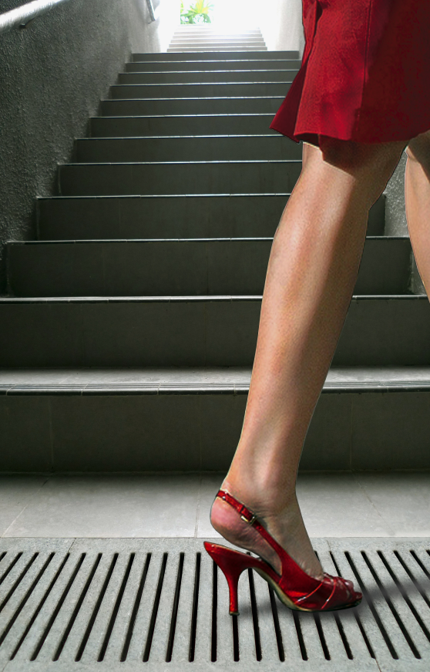 Example of how heel-proof grates prevent heels from getting stuck
Example of how heel-proof grates prevent heels from getting stuck
With the above factors in mind, let's jump straight into the various types of drainage system solutions made available for architects to select.
-
Pervious Pavements
Since pavements make up a majority of the driveway, consider the use of porous materials or pavings with gaps in-between. These materials allow water to seep into the medium or crevices between the pavings, right into the soil below it. This allows for faster drying of the pavement as the water quickly drains into the ground under the driveway, and this ensures a lower chance of surface runoffs that may flood the surrounding areas.
Moreover, in terms of aesthetics, pervious pavements come in all sorts of materials and colours. You would be spoilt for choice when presented with the different options that range from grass pavers and gravel to porous concrete and stone. Indeed, the vast array of aesthetic possibilities increase the ability of architects to match them to the other driveways and estate designs.
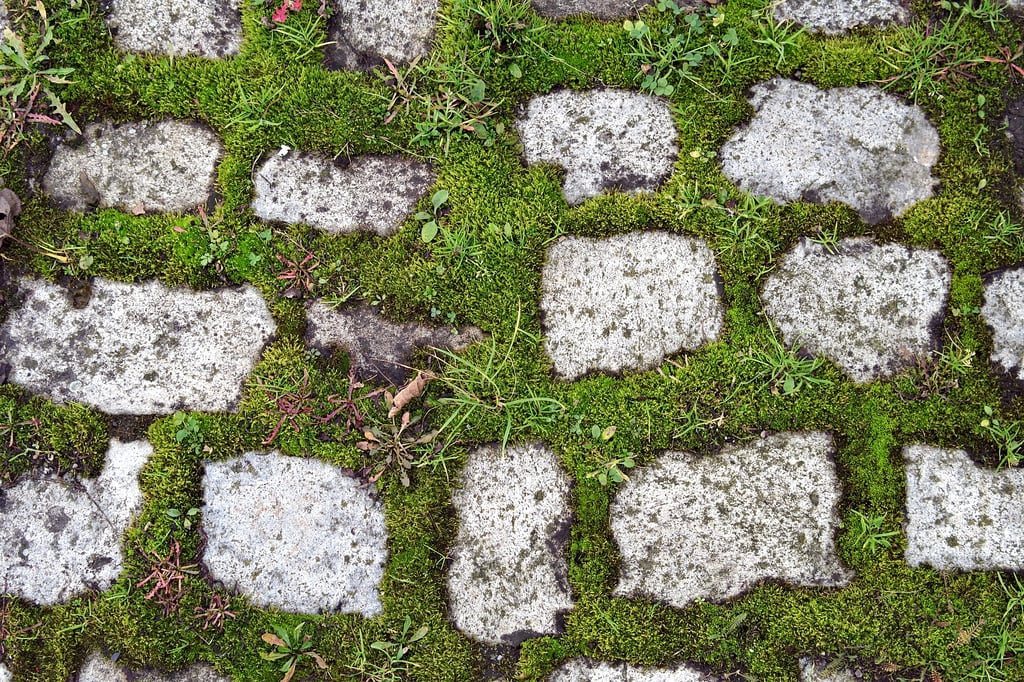 Grass paver with porous concrete paving
Grass paver with porous concrete paving
-
Drainage Pipes & Gullies
Like how storm drain directs water off from roads and pathways, driveway drainage pipes and gullies can also do the same with water on the driveway. One advantage of this method is the flexibility of pipe placements to redirect the runoff water to other estate parts, such as a water installation like ponds, plants and trees to water it, or direct the water straight into a storm drain.
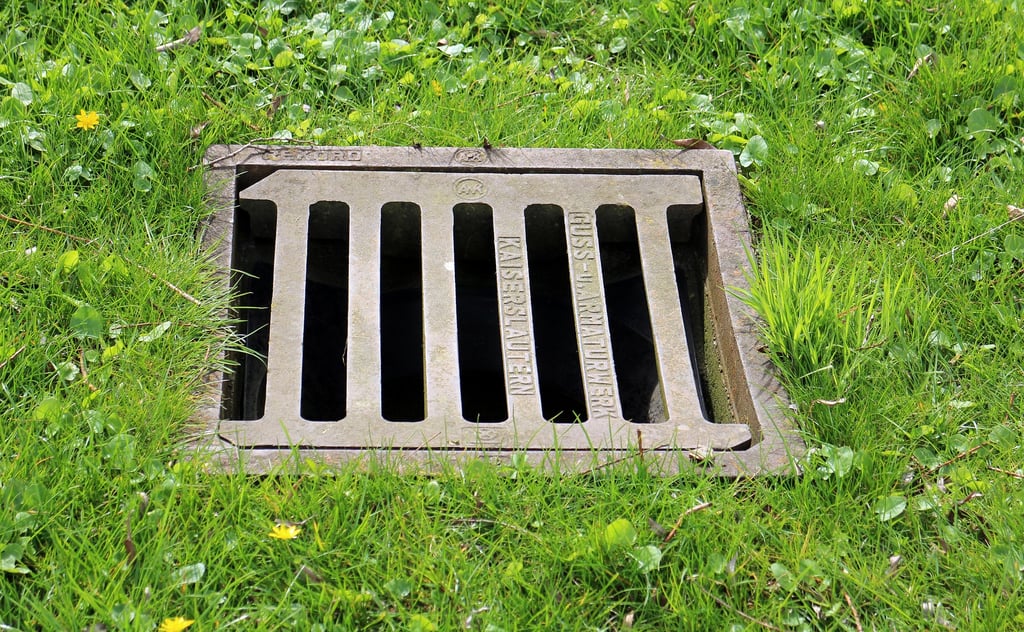 Gully cover that leads to drainage pipe below
Gully cover that leads to drainage pipe below
-
Landscaping Swales
A swale is essentially a tiny sink-in funnel on both sides of the ground, with a wide opening and shallow depth. They are more applicable for driveways with land on both sides that tilts in the driveway's direction or are just surrounded by land. The swale channels water to an area below the driveway, forming a mini water collection point that lets the water seep back into the soil. It avoids water flowing from surrounding tilted land onto the driveway and retaining on the surface. A swale could be further customized, with bushes, rocks, or anything around to help blend it in with the surrounding landscape. The looks of a swale may not be everyone's cup of tea, but it can be decorated with ease to suit different tastes.
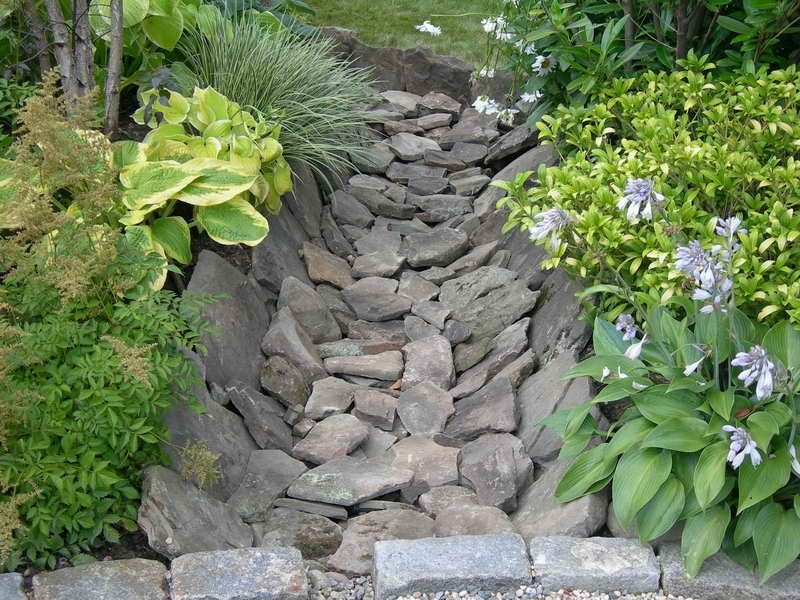
©Pinterest | https://www.pinterest.com/pin/319474167308751873/
-
Driveway Drains
Driveway drains are probably the most common drainage type used, especially in buildings and landed properties. A driveway drain involves the installation of a narrow trench drain linked to a water diversion pipe that spans across the entire driveway's width. This method is a frequent go-to for tilted driveways and car-park entrances where water flows down into the lower area of the driveway from the higher ground.
The number of drains to be installed along the driveway can vary, depending on the weather conditions and rate of rainfall. Trench drains are usually covered with a grate to avoid pipe clogging from debris like leaves and dirt. Design-wise, the trench covers come in a wide variety of materials and unique grate pattern designs. Depending on the manufacturer, different grates have different designs, cast in either metal or stone. Architects will then take into consideration the above four factors to find a suitably designed trench cover to help add an extra touch to the overall estate design.
At Jonite, a specialist who manufactured reinforced stone grates in a wide array of customizable patterns and colours creates a unique stone aesthetic. With trench grates that meet the BS EN 124:1994 standard, their heavy-duty grates can be manufactured to accommodate more than 40 tonnes of vehicular load (approximately the weight of a loaded fire truck) upon requests.
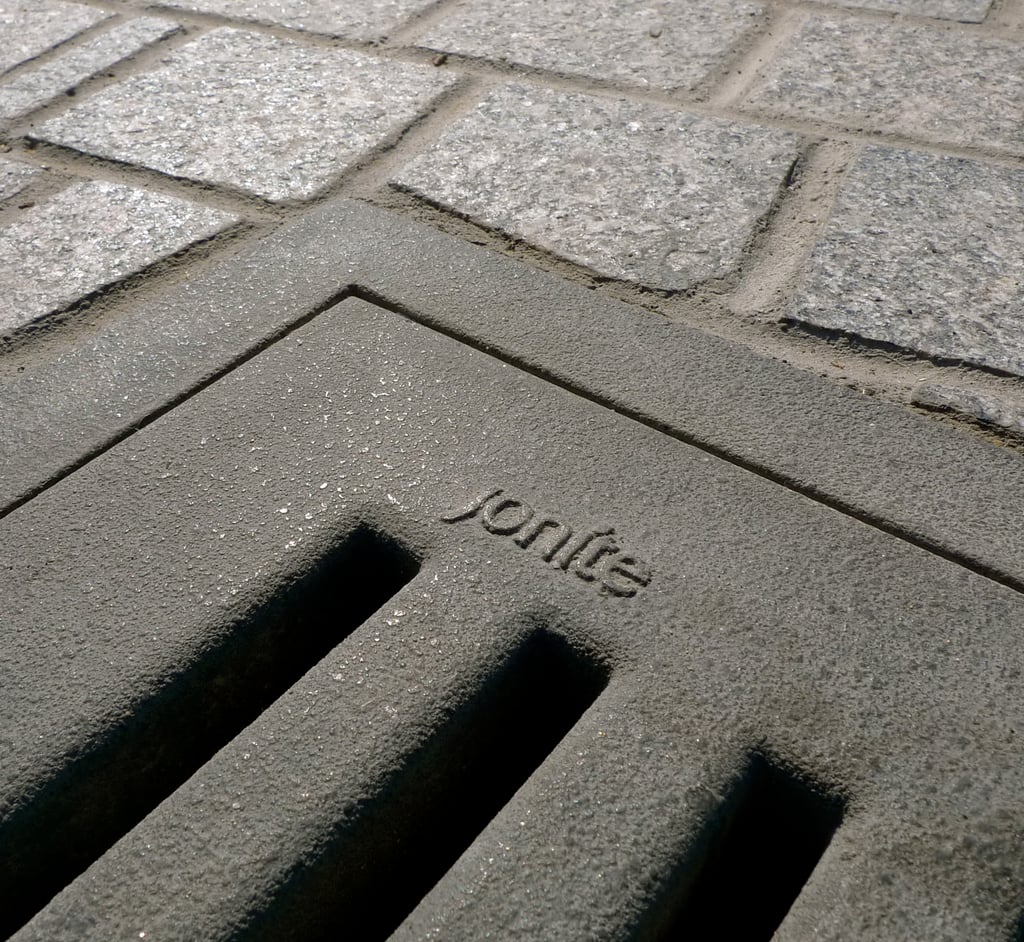 A close up look at Jonite's stone grates
A close up look at Jonite's stone grates
Coming up with the perfect driveway drainage solution requires a combined effort from both the architect and the user. This is best to satisfy the user’s wants in terms of aesthetics while the architect can incorporate such design into the feasibility and practicality of the drainage systems. After all, only with a proper drainage system can you avoid more issues in the future.










